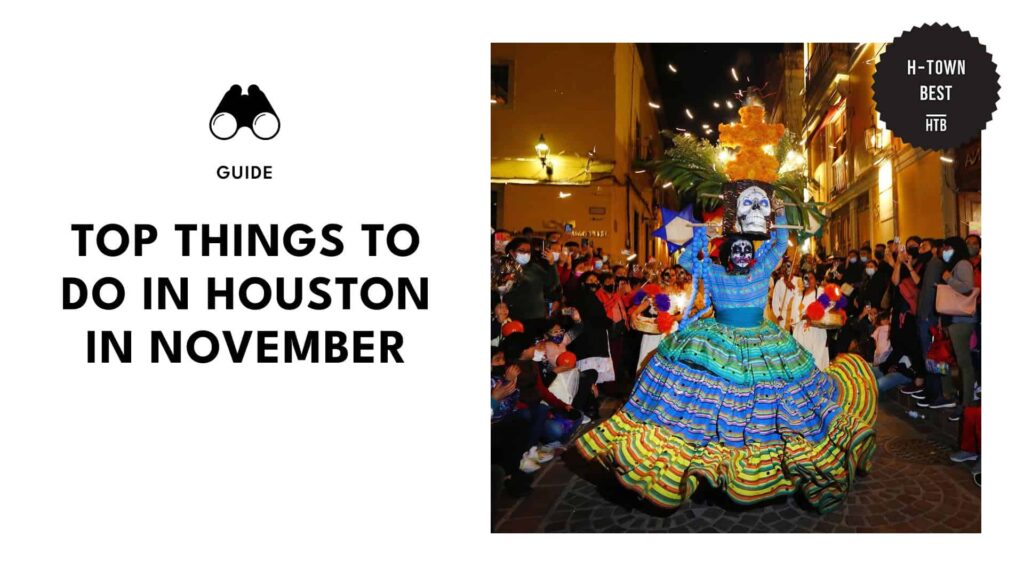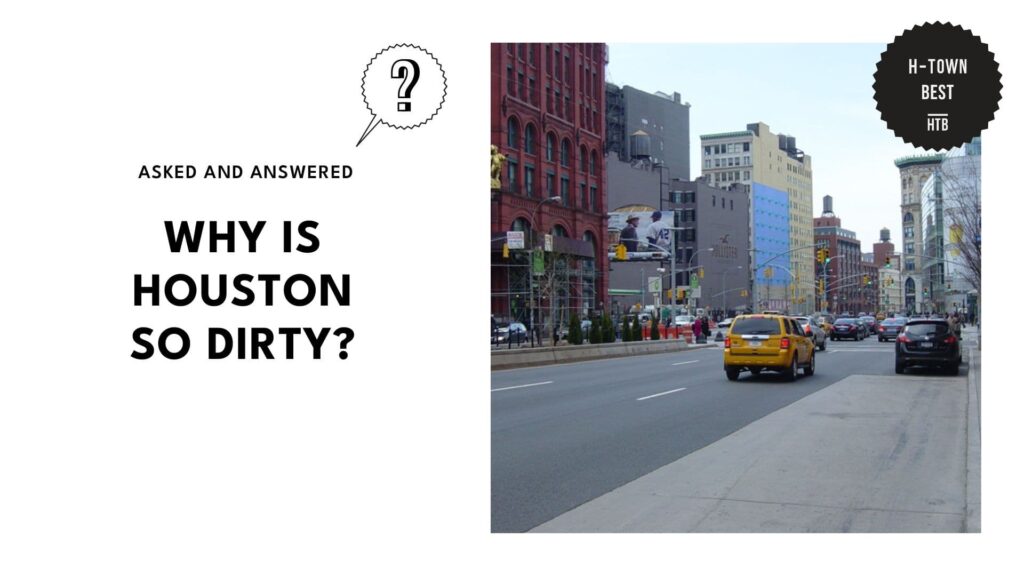Do evaporative coolers work in Houston?

Welcome to the hot and humid city of Houston, where the sun beats down mercilessly during the summer months!
As the temperature rises, so does the need for a reliable cooling system to keep you comfortable. You may have heard of evaporative coolers as an alternative to traditional air conditioners, but do they really work in Houston’s climate?
What are evaporative coolers and how do they work?

Evaporative coolers, also known as swamp coolers, will work in Houston, but they can only cool down your home or business by about 10 degrees Fahrenheit or 5 degrees Celsius.
Instead of using a compressor and refrigerant to cool the air, evaporative coolers use the natural process of, you guessed it, evaporation, to cool the air.
These machines draw in warm outside air and pass it over a series of wet pads or filters. The water in the pads evaporates, which cools the air passing through them.
The cooled air is then circulated into the living space, providing relief from the heat.
The principle behind evaporative cooling is that when water evaporates, it absorbs heat from its surroundings.
This is the same reason why you feel cooler when you step out of the shower or swimming pool on a hot day – the water on your skin evaporates and cools you down.
How well will evaporative coolers perform in Houston?

If you live in Houston and are considering purchasing an evaporative cooler, you might be wondering how effective they are in this hot and humid city.
Evaporative coolers work best in dry climates, where humidity is low because they work by adding moisture to the air. They usually work best if the humidity is less than 70%.
Houston, on the other hand, is a city that experiences high humidity levels throughout the year, which can make it harder for the cooler to work efficiently. Plus, adding more moisture to the air can make it feel even more humid and uncomfortable.
Houston’s summers can be incredibly hot, with temperatures often exceeding 90 degrees Fahrenheit. While evaporative coolers can provide some relief from the heat, they may not be able to cool down a room as effectively as other cooling options.
| Places | Climate | AverageTemperature | Humidity | Temperature Drop |
| Houston, TX | Hot and humid | 95°F | 55% | 13°F |
| Albuquerque, NM | Warm and dry | 90°F | 20% | 24°F |
| Phoenix, AZ | Hot and dry | 105°F | 20% | 30°F |
| San Jose, CA | Warm and humid | 80°F | 60% | 11°F |
The table above shows how much evaporative coolers can make the temperatures drop in different places depending on the average humidity during summers in these places.
Places with lower humidity like Albuquerque and Phoenix experience larger drops in temperature compared to more humid places like Houston and San Jose.
What are the types of evaporative coolers?

There are many types of evaporative cooler depending on some factors like size and how they work. Finding out about each one can help you make the right choice when deciding which one to get.
Types of Evaporative Coolers

Direct evaporative coolers use a fan to blow air over a wetted surface, such as a pad or a mesh, causing water to evaporate and cool the air. The cooled air is then blown into the room.
On the other hand, indirect evaporative coolers use two separate air streams. One is cooled through the process of evaporation, and the second is cooled by passing over a heat exchanger that has been cooled by the first air stream. The cooled second air stream is then blown into the room.

If you want something more that can be moved from one room to the other, portable evaporative coolers might be for you. They’re ideal for small spaces and are typically the cheapest option, but they don’t cool down rooms as much as the other types do.
A wall/window-mounted evaporative cooler is also another option for small to medium-sized rooms. They work by drawing hot, dry air from outside, processing it, and blowing the cool air into the room.
If you want something for the entire home and are willing to spend extra, consider whole-house evaporative coolers. These are typically installed in the attic or on the roof of a house and use a large fan and a network of ducts to distribute the cooled air.
Lastly, for those that need it for a large commercial space, commercial evaporative coolers are designed for use in places like warehouses, factories, and retail stores.
How do I make the most of my evaporative cooler?

- Open the windows and doors: Evaporative coolers work best when there is a constant flow of air. So, leave the doors and windows open to let air from the outside in.
- Add a fan for extra cooling: Under the same principle of airflow, keeping a fan on while the coolers do their thing can ensure that the cool air is distributed evenly throughout your home.
- Keep it dark: Keep curtains or blinds closed throughout the day, to help reduce the amount of heat that enters your home. Just make sure that air can still come in through the slits in the blinds or that your curtain allows some air through.
- Use it in low humidity: Evaporative coolers work best in low humidity environments and they can get damaged if used in high humidity. Be mindful of the weather that day especially when it gets really humid in Houston summers.
- Crank it up during the hottest part of the day: Turn on your evaporative cooler during the hottest part of the day. This will help cool your home down quickly and efficiently as the hotter it gets the faster water evaporates.
- Maintain the machine: Make sure to clean the cooling pads regularly, as dirt and debris can clog them up and reduce the effectiveness of the cooler.
What are other good cooling systems to get in Houston?

If you don’t fancy grabbing yourself an evaporative cooler, here are a few alternatives:
- Central Air-conditioning Systems
One of the most popular options is a central air conditioning system. With this system, you can cool your entire house and keep a consistent temperature throughout the day.
- Ductless Mini-split Systems
These systems work well for individual rooms or zones, and they’re particularly useful if you don’t have ductwork or can’t add it.
- Heat Pumps
If you want a dual-purpose system, heat pumps can both cool and heat your home. They work by extracting heat from the air outside and transferring it inside during the winter, and the reverse during the summer.

- Fans
Ceiling, stand, or table fans are a low-cost option to circulate air and create a cooling breeze throughout your home. You can even use them together with other cooling systems to distribute the cool air more efficiently.
- Portable Air-conditioning Units
These are also a good option if you need to cool down a smaller space, like an apartment or a small home. These units are easy to install and move around, so you can move them with you when you go to use another room.
- Geothermal Cooling Systems
For a more complex cooling system, you can consider geothermal cooling systems, which require professional installation. These might cost more to buy, but in the long run they cost less to run and maintain.
These systems use the constant temperature of the earth to cool the air in your home or building, and they’re a highly efficient and environmentally friendly option. They use renewable energy from the earth to cool your space.





